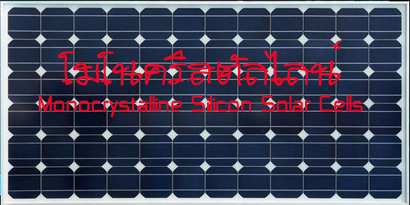


In order to make sure they’re ready, though, the solar industry is creating programs to train commercial recycling companies to understand what’s in manufacturers’ products and how to break them down, according to Evelyn Butler, senior director of codes and standards for the Solar Energy Industries Association, a trade group representing solar power companies and photovoltaic manufacturers.īutler said the group is also working with recyclers to share data about what components and materials they’re processing so that they can start to track and forecast their waste. Until there’s a steady stream, it will be hard for recyclers to focus more of their business on solar panels. "It’s a semi-decent growth area these next few years but exploding about 2020 and beyond," Robards said, anticipating the millions of metric tons of panels expected to come offline. The less value a recycler can extract, the less incentive there is to recycle.ĭespite the challenges, ECS has been ramping up its photovoltaic recycling capacity. "So the underlying commodity value of these things keeps going down," Robards said. As solar panel technology improves, manufacturers are slowly finding ways around using components that would have value to recyclers, such as copper and silver. Not only that, but what’s available to recycle is something of a moving target. The longevity of these panels, the way they’re put together and how they make them make it inherently difficult to, to use a term, de-manufacture.Robards said nearly 75 percent of the material that gets separated out is glass, which is easy to recycle into new products but also has a very low resale value. Heat systems are used to burn up the adhesives that bind them to their armatures, and acidic hydro-metallurgical systems are used to separate precious metals. The panels are torn apart mechanically and broken down with acids to separate out the crystalline silicon, the semiconducting material used by most photovoltaic manufacturers.

"The longevity of these panels, the way they’re put together and how they make them make it inherently difficult to, to use a term, de-manufacture," said Mark Robards, director of special projects for ECS Refining, one of the largest electronics recyclers in the U.S. They’re made of many materials, some hazardous, and assembled with adhesives and sealants that make breaking them apart challenging. Part of the problem is that solar panels are complicated to recycle. "I wouldn’t say it’s especially well established at this point." "There’s some infrastructure," Heath said. But the ability to handle the coming flow of PV modules is not yet sufficient. The solution many are looking to is recycling. © OECD/IEA, Design: Becquerel Institute Editing: Mary Brunisholz, IEA PVPS Analysis: Gaëtan Masson, IEA PVPS Task 1, 2016, A Snapshot of Global PV (1992-2016), IEA Publishing. "It’s fair to say that it’s starting to become more widely recognized as an issue that we’re going to need to start working on pretty soon."Īs photovoltaic panel installations grow, so does the need for final disposition down the road. "It’s not too far off that those are going to be coming off line, and we’re going to have a waste management issue," said Garvin Heath, a senior scientist at the National Renewable Energy Laboratory and a solar power expert. And each passing year, more will be pulled from service - glass and metal photovoltaic modules that soon will start adding up to millions, and then tens of millions of metric tons of material. The industry standard life span is about 25 to 30 years, and that means that some panels installed at the early end of the current boom aren’t long from being retired. According to a recent report (PDF) from the International Renewable Energy Agency, that number could reach 4,500 GW by 2050.īut the solar panels generating that power don’t last forever. By the end of 2015, an estimated 222 gigawatts worth of solar energy had been installed worldwide. Since the early 2000s, the amount of solar panels being installed worldwide has been growing exponentially, and it’s expected to continue to do so for decades. Solar power is having its hockey stick moment.


 0 kommentar(er)
0 kommentar(er)
